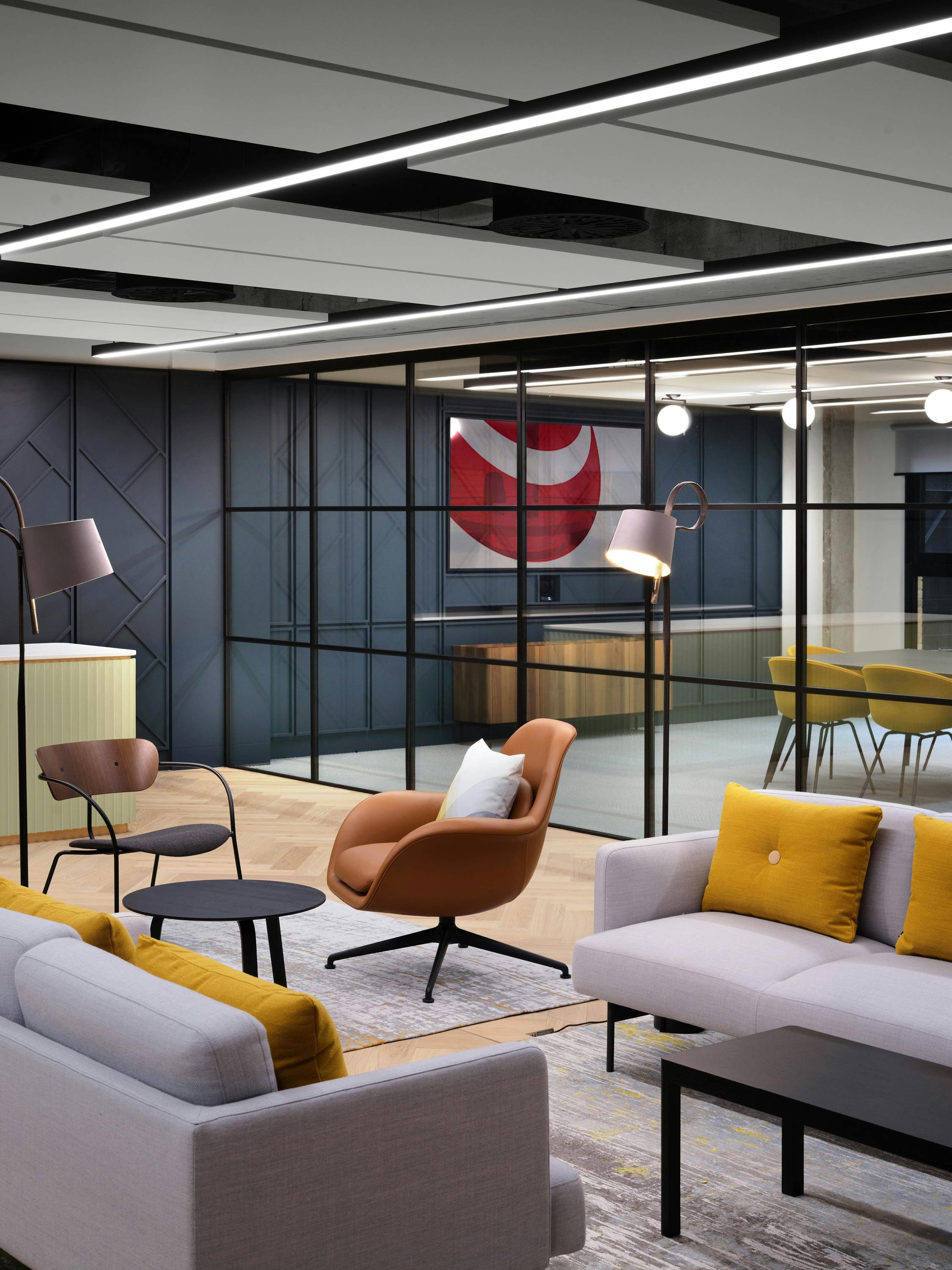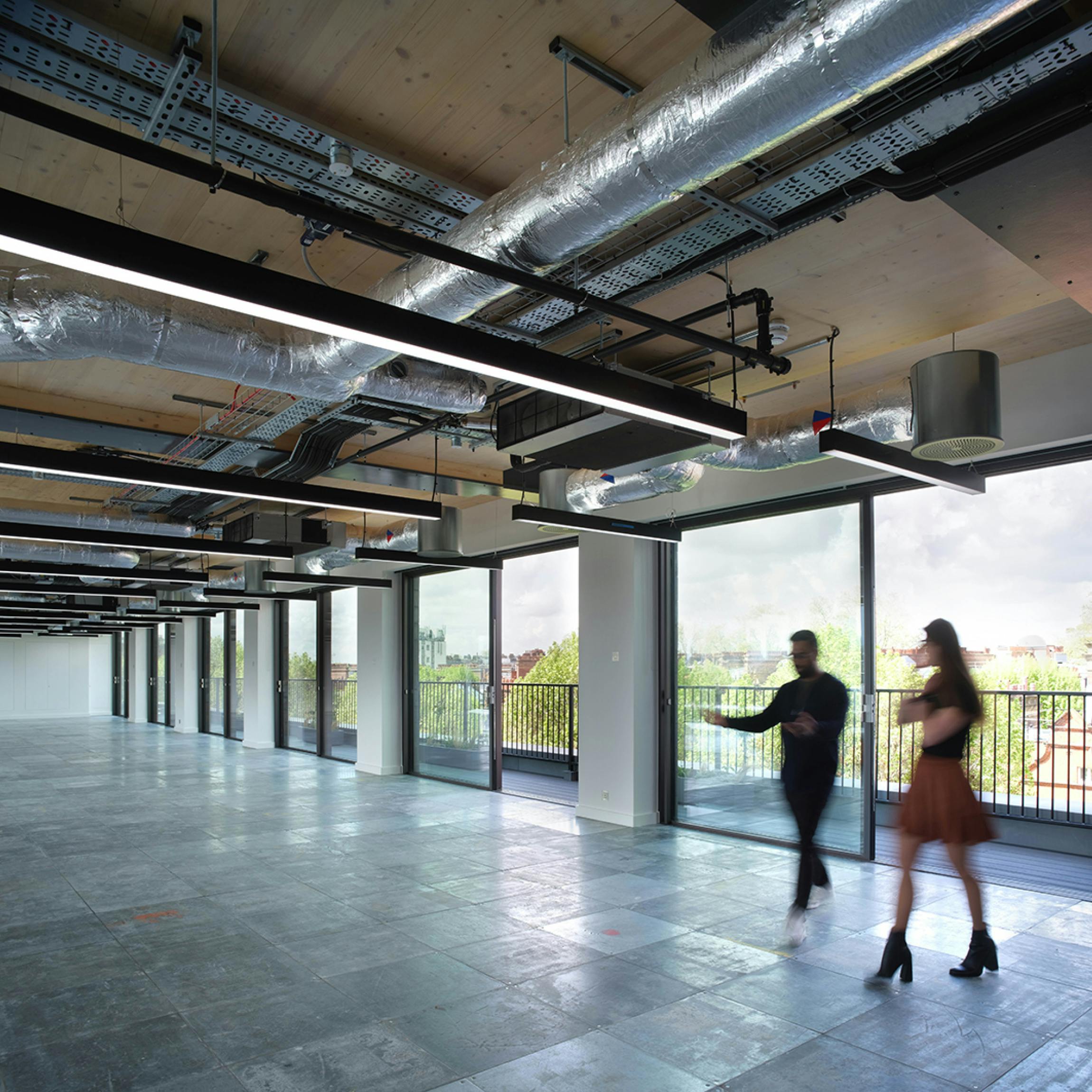

This is a big step in the right direction, but it still sparks the debate on the quality and aesthetic of the installed raised access floor. And yes, an existing or recycled system will never look perfect, even though it may work soundly. As an industry, there needs to be an acceptance of compromised aesthetics - in this case - with the mindset that it may be covered with a floor finish as part of the tenant's fit out, eventually serving its purpose as a functional element, and not an aesthetic one.
The future also looks positive in terms of AI and VR. One aspect of "shell & floor" is often the need for a "show" floor to market for potential tenants. With time, VR systems will become so common that it will be possible to visualise the space through technology, without the need for a physical version of it, focusing the tenant's attention on location, view and amazing landlord amenities.
Looking ahead, a more sustainable CAT A approach feels achievable, but it's our responsibility as designers, suppliers, contractors, clients and consultants to keep working towards it. In the future, I hope we see more reused and recycled materials being used, working towards repurposing items elsewhere in our schemes or into other projects; ensuring materials and products have a longer life and further supporting the circular economy.



